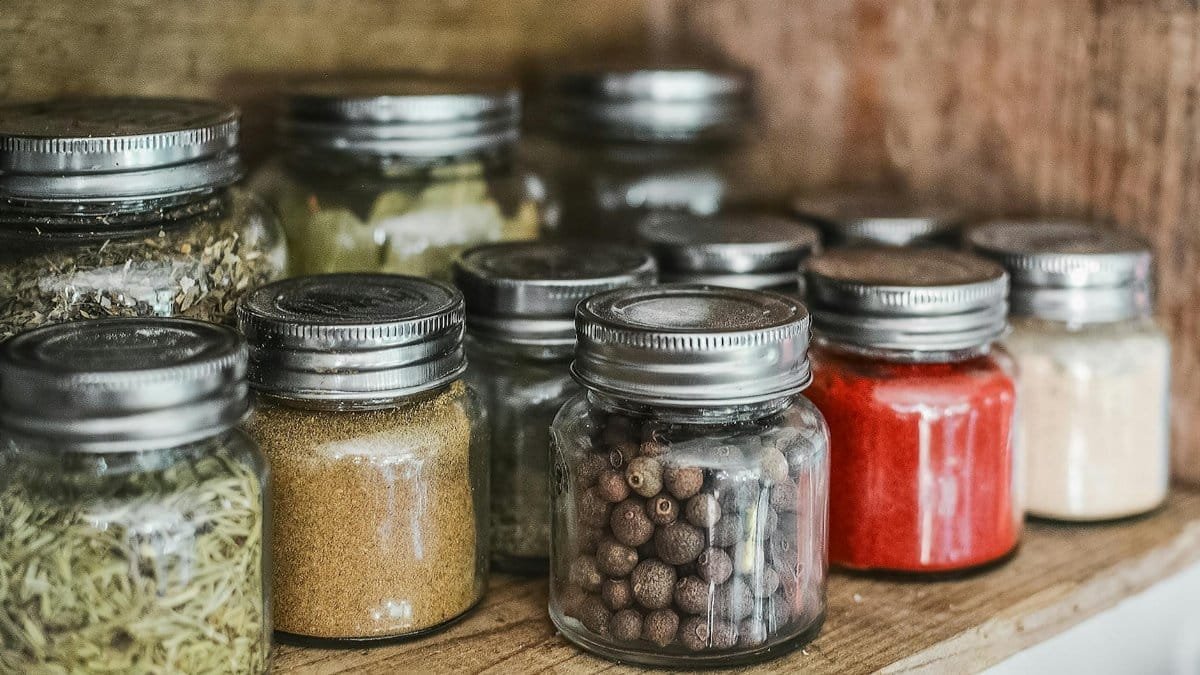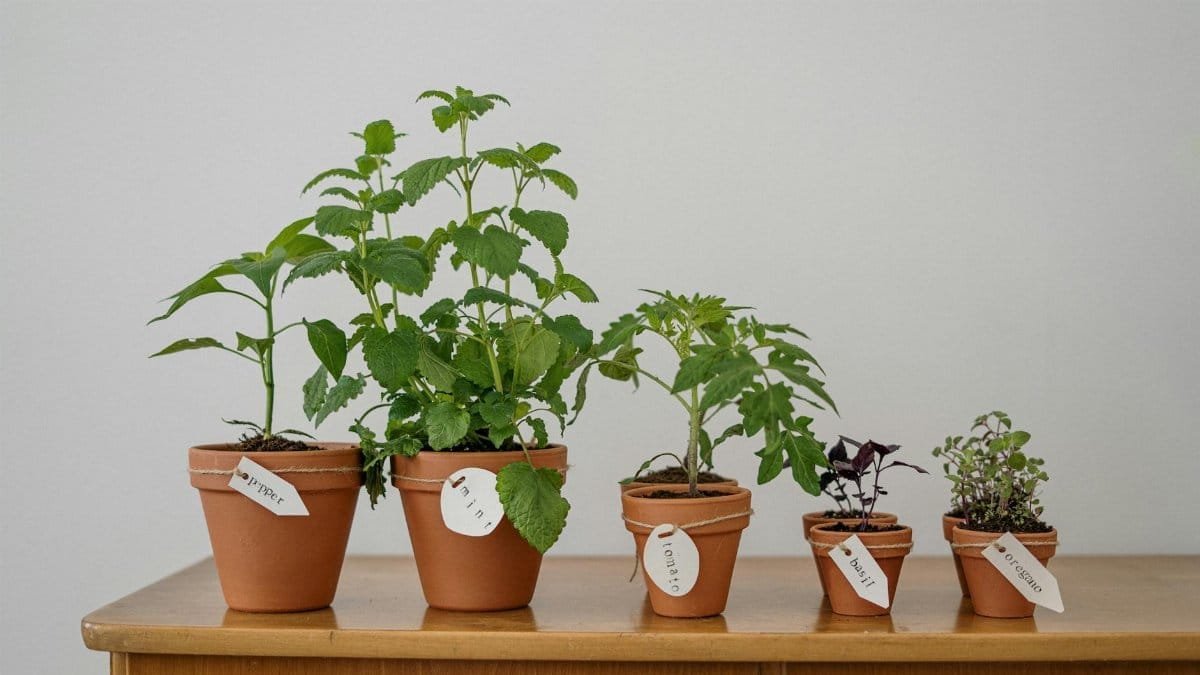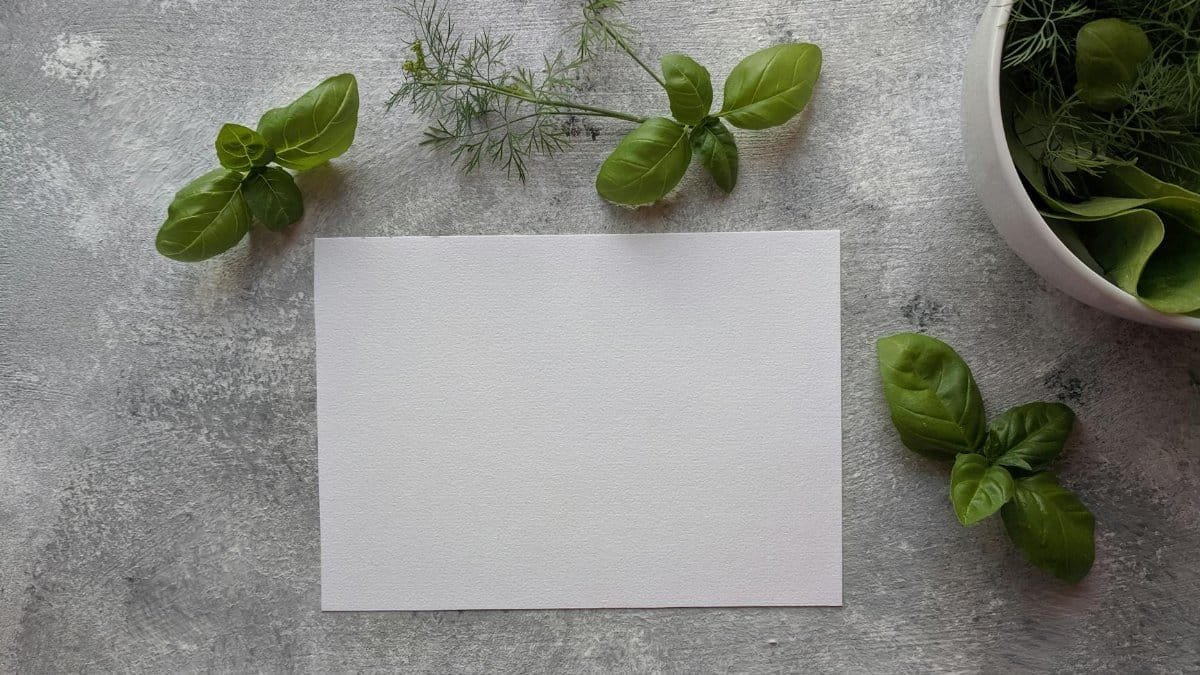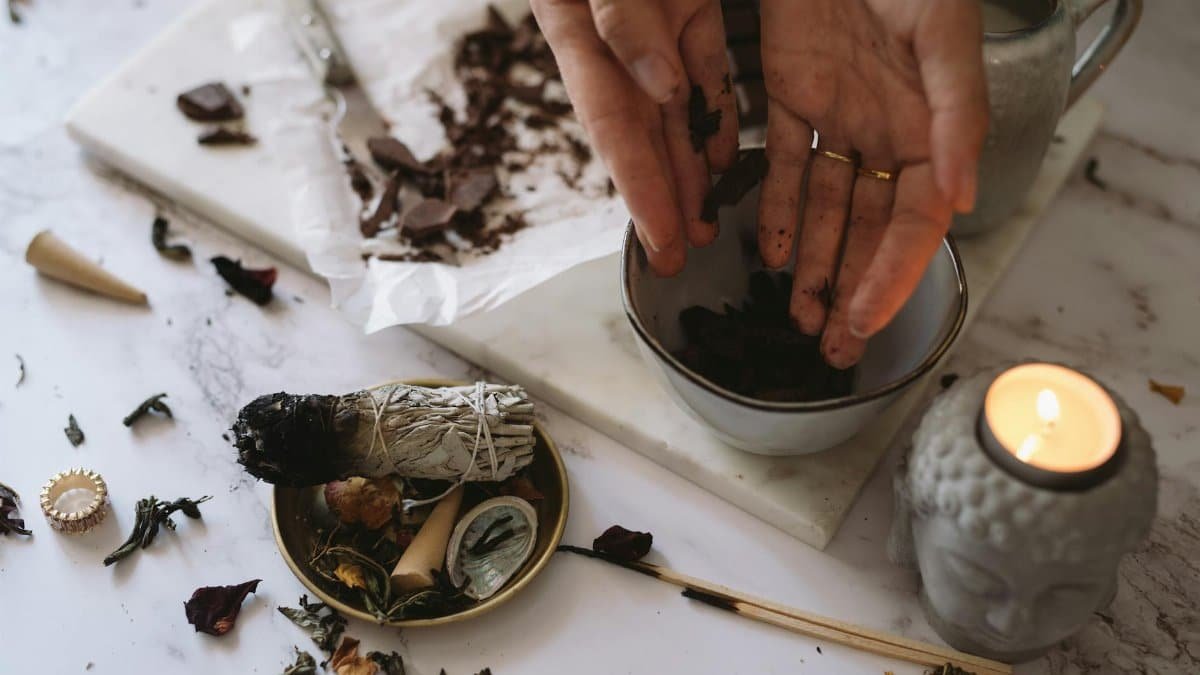Is regrow kitchen herbs really the solution everyone claims? With grocery prices climbing, more Americans are turning to their windowsills to grow fresh herbs at home. It’s a simple, cost-effective way to add flavor to meals without breaking the bank. From basil to mint, regrowing herbs from scraps or cuttings is gaining traction as a mindful, frugal living hack. Not only does it save money, but it also brings a bit of green into urban spaces. Here’s how you can transform your kitchen with 12 easy-to-regrow herbs.
1. Basil

Basil is a kitchen staple that’s incredibly easy to regrow. Snip a 4-inch stem from a healthy plant, strip the lower leaves, and place it in a glass of water. Within a week, roots should form. Once they’re a couple of inches long, transfer the stem to a pot with soil. Keep it on a sunny windowsill, and water regularly. Soon, you’ll have a steady supply for pesto or pasta dishes.
2. Mint

Mint thrives with minimal effort. Take a cutting, place it in water, and watch roots sprout in days. Plant it in a small container since mint spreads fast. It loves partial shade, so a north-facing windowsill works well. Use fresh leaves for teas or garnishes. A word of caution: keep it contained, or it’ll take over any shared pot.
3. Rosemary

Rosemary is slower to root but worth the wait. Cut a 3-inch sprig, remove lower needles, and set it in water near a bright window. After a few weeks, roots emerge. Pot it in well-draining soil and avoid overwatering. Its woody aroma will elevate roasts and soups, making it a must-have for any home cook.
4. Thyme

Thyme is a hardy herb that regrows from cuttings. Strip a small stem, place it in water, and wait for roots. Plant in a pot with sandy soil for good drainage. It needs plenty of sun, so a south-facing sill is ideal. Harvest sprigs for stews or seasoning, and enjoy its subtle, earthy kick year-round.
5. Oregano

Oregano is a breeze to regrow. Take a cutting, root it in water for a week or two, then move to a pot. It prefers full sun and minimal water, mimicking its Mediterranean origins. Pinch leaves regularly to encourage bushy growth. Perfect for pizza or marinades, it’s a flavorful addition to any windowsill garden.
6. Chives

Chives can regrow from bulbs or scraps. If you’ve got leftover green onions, place the white ends in shallow water. New shoots appear in days. Transplant to soil for a continuous harvest. They’re low-maintenance and add a mild oniony bite to eggs or salads. Keep them trimmed to promote growth.
7. Parsley

Parsley takes patience but pays off. Cut a stem, root it in water for a few weeks, then pot it in rich soil. It needs moderate sun and consistent moisture. Harvest outer leaves to keep the plant thriving. Sprinkle it on dishes for a fresh, vibrant touch that store-bought versions can’t match.
8. Cilantro

Cilantro is trickier due to its short lifespan, but it’s doable. Root stems in water, then plant in a deep pot since it has a long taproot. It likes cooler temps, so avoid overly hot windowsills. Use leaves for salsas or curries, but act fast—it bolts quickly in warm conditions.
9. Dill

Dill regrows from cuttings placed in water. Once rooted, plant in a tall container to support its height. It needs lots of light and moderate watering. Its feathery leaves are great for fish or pickles. Harvest often to prevent it from going to seed too soon, extending its usable life.
10. Sage

Sage is a slow-grower but durable. Root a cutting in water for several weeks, then transfer to well-draining soil. Place it in a sunny spot and water sparingly. Its velvety leaves bring depth to poultry or stuffing. A single plant can last years with proper care, making it a solid investment.
11. Tarragon

Tarragon, especially the French variety, roots from cuttings in water. Plant in a pot with good drainage and give it full sun. Water lightly—it hates soggy roots. Its licorice-like flavor pairs well with chicken or vinegar dressings. Trim regularly to keep it from getting leggy on your windowsill.
12. Lemongrass

Lemongrass adds an exotic twist and regrows easily. Place store-bought stalks in water until roots form, then pot in soil. It craves warmth and sunlight, so pick your brightest window. Use the tender base for soups or teas. According to University of Minnesota Extension, it’s a tropical herb that adapts well indoors with care.
Regrowing kitchen herbs isn’t just a trend—it’s a practical way to cut costs and eat fresher in 2025. Studies from USDA Food and Nutrition highlight how home gardening reduces grocery spending while boosting dietary quality. Start with one or two herbs, and scale up as you gain confidence. Your wallet and taste buds will thank you for the small effort.
